Economic powerhouses that make up the G20 are advocating for a quick roll-out of the cross-border guidelines for digital assets. Recent reports from New Delhi, where these economic leaders gathered for a summit spanning two days, indicate that the new system is designed to enhance information sharing between nations, starting from 2027.
The consensus from the G20 summit, captured in an official declaration, expressed the leaders' support for an expedited launch of the Crypto-Asset Reporting Framework (CARF) while also recommending modifications to the Common Reporting Standard (CRS). The summit delegates have tasked the Global Forum on Transparency and Exchange of Information for Tax Purposes with outlining a cohesive schedule to kick off this exchange process among concerned countries.
This soon-to-be-introduced framework stands to influence a variety of nations. Notably, the G20 countries house nearly two-thirds of the global populace. Introduced in October 2022, the Organization for Economic Cooperation and Development was the pioneer of the Crypto-Asset Reporting Framework. This crucial document aims to equip tax bodies with comprehensive insights into digital transactions and the entities conducting them.
As per this suggested guideline, there will be a yearly automatic data exchange on crypto activities between different countries. This exchange will encompass operations on non-regulated digital exchanges and digital wallet service providers.
While the digital transaction landscape has already observed fresh disclosure norms in numerous countries, the European Union, in particular, ratified advanced directives in May to align with CARF's criteria. These new directives necessitate that digital asset transfers must include essential details, such as the recipient's name, their digital ledger details, and their respective account identifiers.
Additionally, the G20 group gave a nod to the guidelines put forth by the Financial Stability Board concerning the oversight, regulation, and governance of digital asset operations and global stablecoin frameworks. Released in July, these guidelines strive to align the standards of stablecoins with those of conventional banks and underscore the need for regulators to avert any practices that obscure the identification of participating entities.





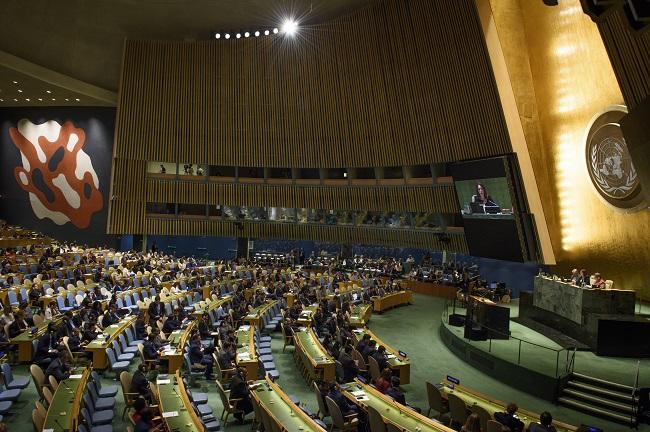






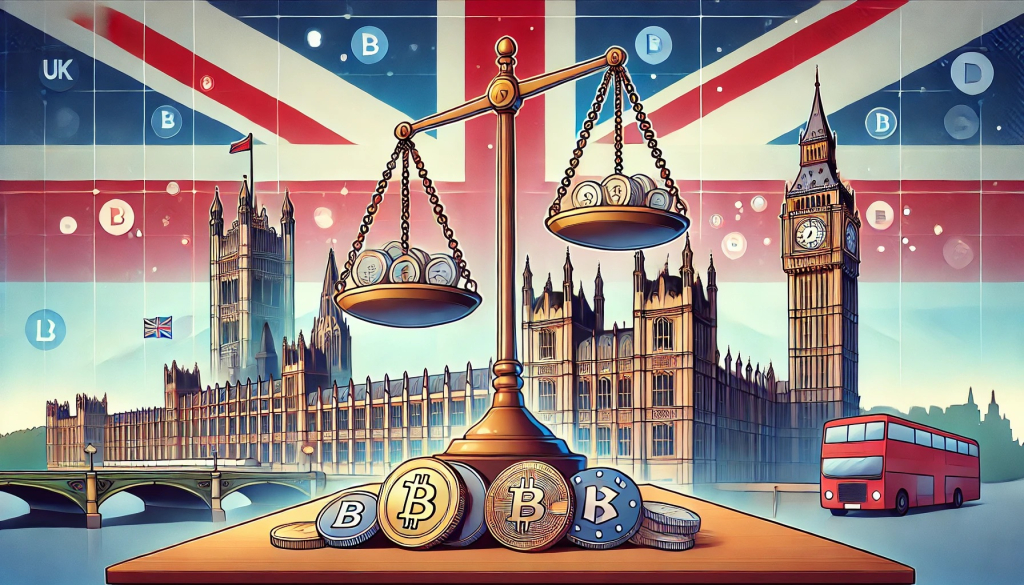

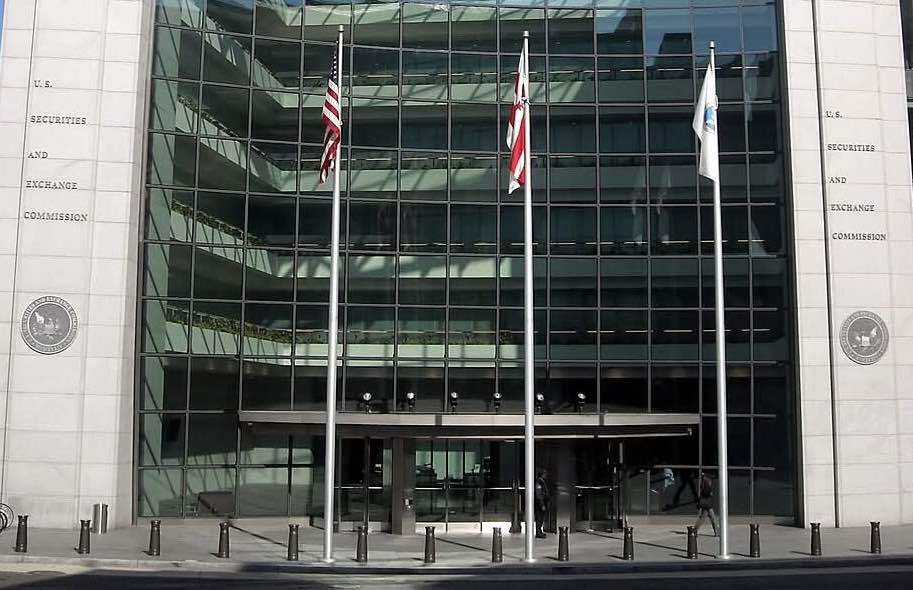
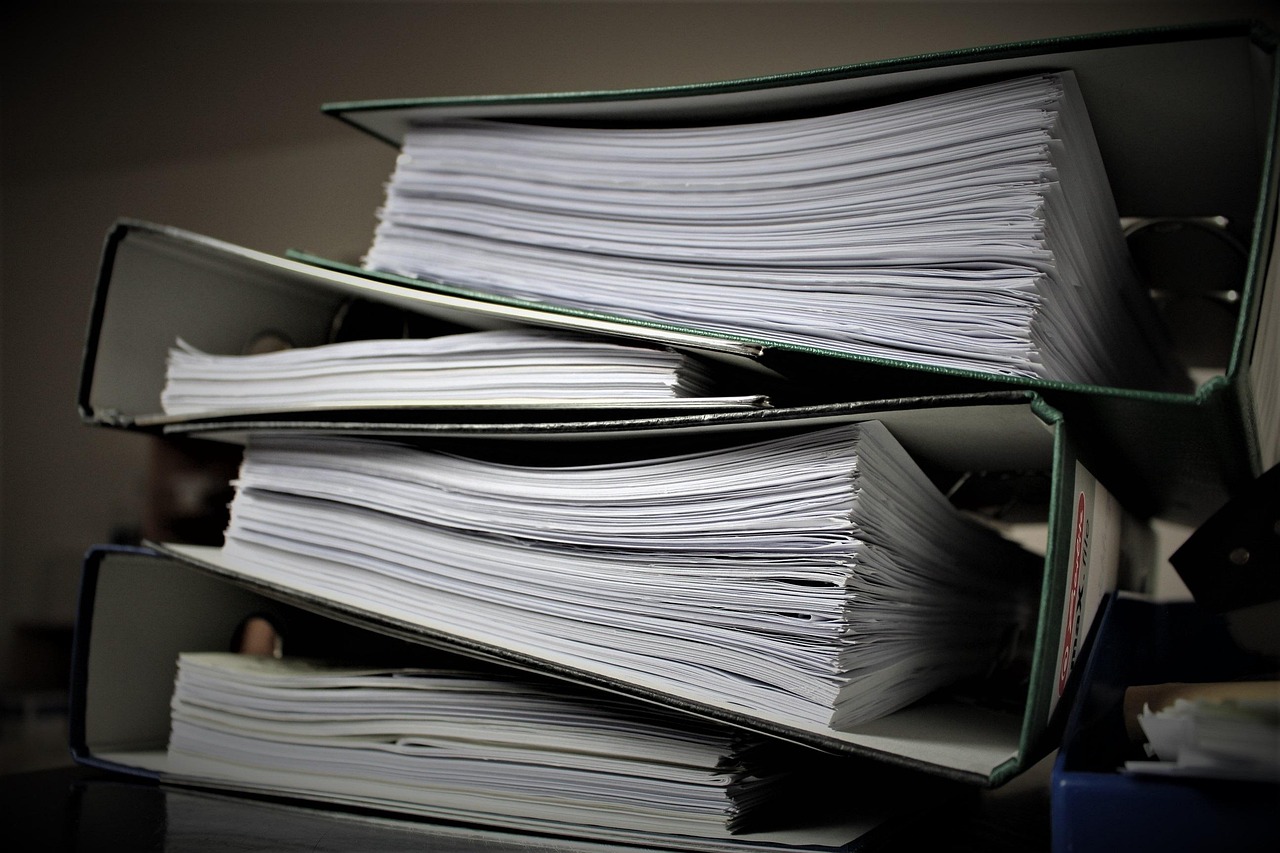


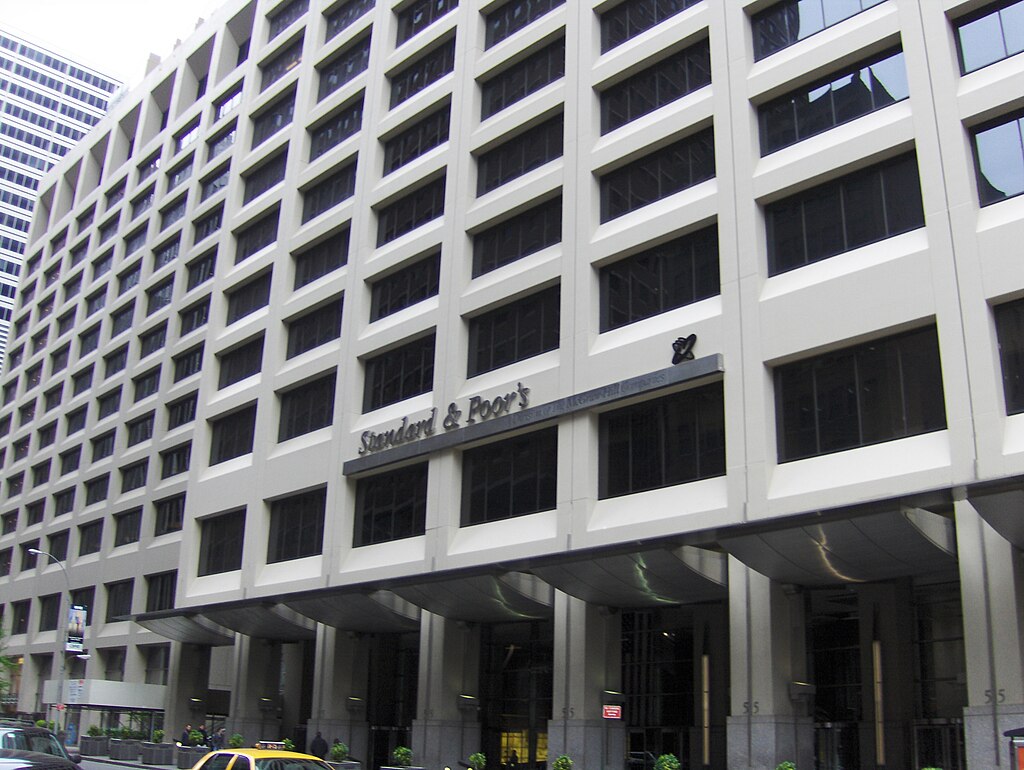

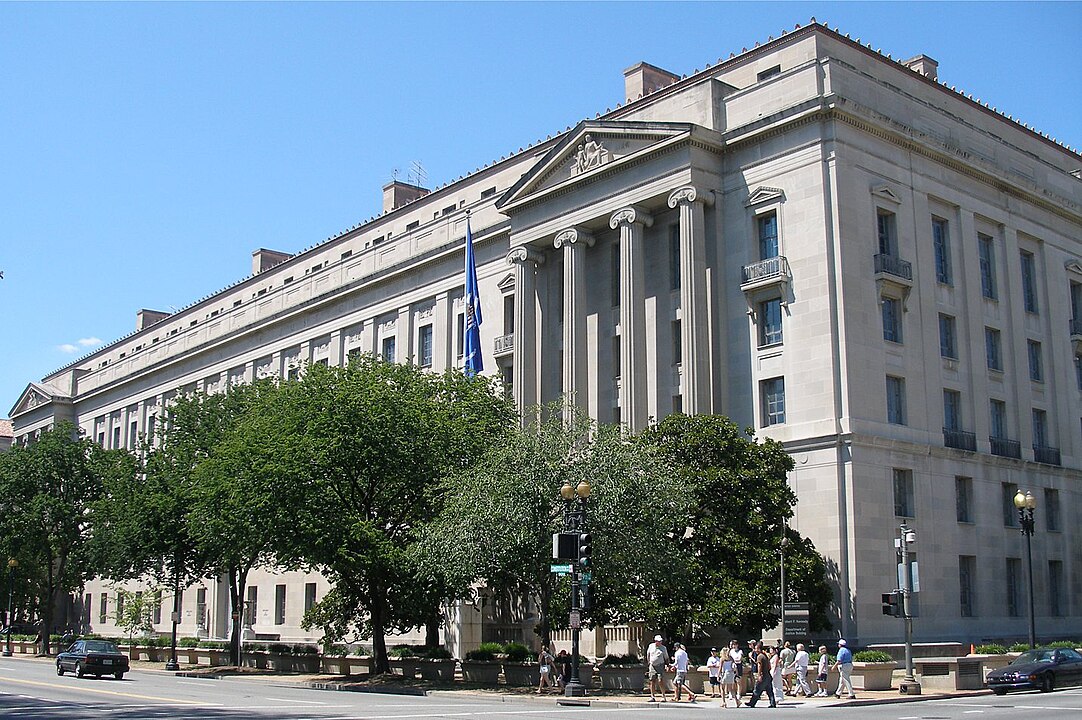

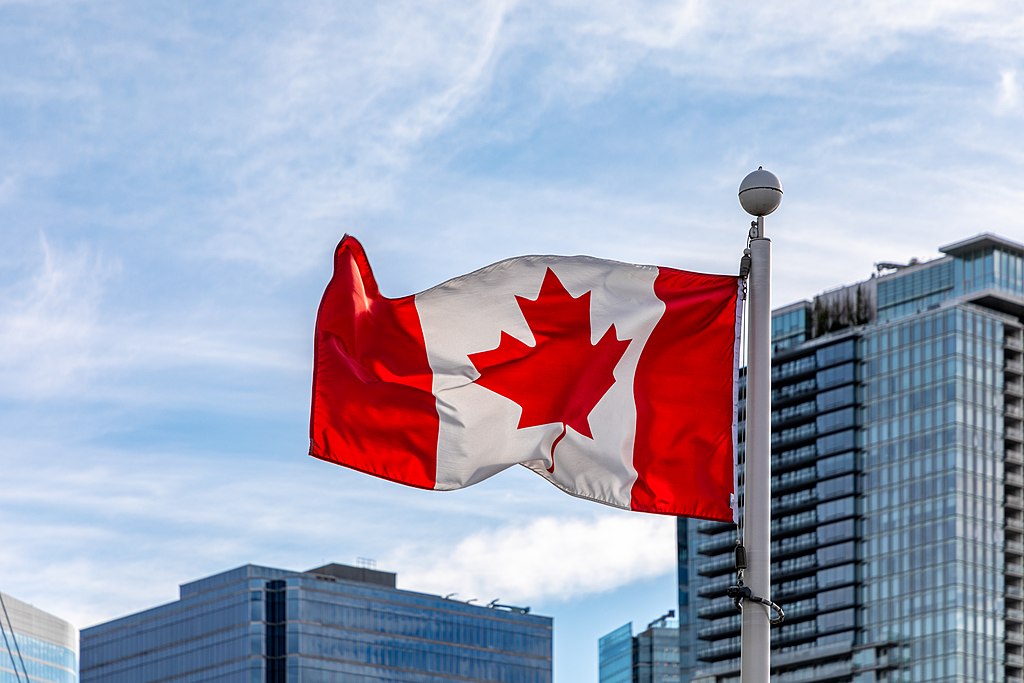


Comment 0